
Completed in 2012, this towering structure is an integral part of the Makkah Clock Tower (commonly known as Abraj Al-Bait complex), which houses luxury hotels, shopping centers, and other facilities for pilgrims and visitors. The clock tower’s impressive height of 601 meters makes it the tallest clock tower globally, emphasizing its prominence on the city’s skyline. Beyond its sheer grandeur, the clock tower holds profound spiritual significance for Muslims worldwide, acting as a guiding light for millions of pilgrims during their religious journey to Makkah.
A Glimpse into History: The Vision Behind the Makkah Clock Tower
The concept for the Makkah Royal Clock Tower was conceived in the late 20th century when Saudi Arabia’s authorities sought to enhance Makkah’s infrastructure and accommodate the increasing number of pilgrims visiting the holy city. The project aimed to create an architectural wonder that would blend modern amenities with traditional Islamic design, reflecting the nation’s commitment to progress while preserving its rich cultural and religious heritage. The early 21st century marked the beginning of extensive planning and engineering efforts to bring this visionary project to life.
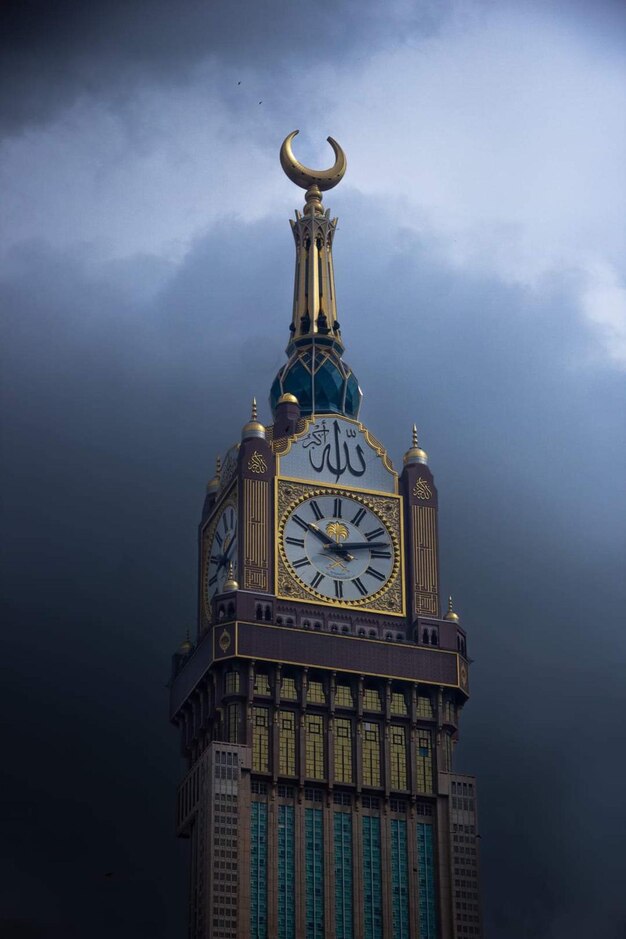
Engineering Wonders: The Feat of Building the Tower
The construction of the Makkah Royal Clock Tower presented extraordinary engineering challenges due to its unprecedented height and complex design. Construction work commenced in 2004, requiring a skilled team of architects, engineers, and laborers to overcome various technical obstacles. The tower’s unique crescent shape, which pays homage to Islamic architecture, required meticulous attention to detail during its construction. Additionally, the inclusion of innovative technology ensured precise timekeeping and synchronized prayer call announcements, enhancing the overall functionality of the clock tower.
The Tower’s Magnificent Height and Structure
The Makkah Royal Clock Tower stands tall at a remarkable height of 601 meters (1,972 feet) and comprises 120 floors. Its soaring elevation establishes it as the tallest clock tower globally and one of the highest buildings in the world. The structure’s exterior is adorned with intricate Islamic motifs and patterns, adding to its architectural magnificence. Upon its completion in 2012, the clock tower was opened to the public, attracting millions of visitors and pilgrims who marvel at its impressive stature and design.
The Spiritual Significance
The Makkah Royal Clock Tower serves as a beacon of faith for millions of Muslims worldwide, especially during the Hajj pilgrimage. The clock faces, visible from various points in Makkah, act as guiding lights for pilgrims, who use them to determine the timings of prayers and rituals during their sacred journey. The tower’s towering presence becomes a spiritual focal point, instilling a sense of awe and reverence among pilgrims as they gather for prayer in the holy city. Moreover, the clock tower has become an iconic symbol of Islam, representing the faith’s values of unity, timekeeping, and devotion.
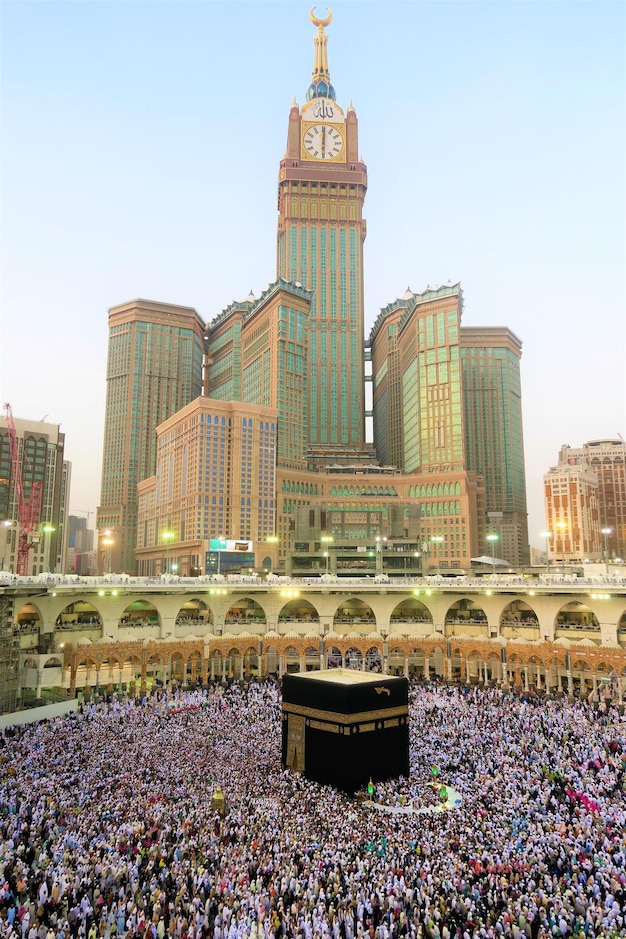
Illuminating the Skies: The Spectacle of Lights
At nightfall, the Makkah Royal Clock Tower transforms into a breathtaking spectacle of lights and illuminations. Since its inauguration in 2012, the clock tower has been adorned with a myriad of colorful lights that create a mesmerizing display visible from miles away. The nightly light shows have become a beloved attraction for both pilgrims and locals, enhancing the city’s nightscape and adding to the spiritual ambiance during religious festivals and occasions.
Beyond Timekeeping: Luxurious Amenities and Facilities
The Makkah Royal Clock Tower houses a luxurious interior, offering world-class hotel facilities and services to its guests. Completed in 2012, the tower’s interior boasts opulent suites, lavish dining areas, shopping arcades, and various other amenities designed to cater to the needs of pilgrims and visitors. The luxury hotels within the clock tower complex provide a comfortable and convenient stay for those visiting Makkah for religious purposes or leisure.
Chronicles of Time: The Clock’s Historic Significance
The dials of the Makkah Royal Clock Tower are not only functional but also serve a symbolic purpose. Commencing operations in 2012, the clock’s faces bear inscriptions that commemorate significant historical events and dates of cultural and national importance. This fusion of history and contemporary design symbolizes Saudi Arabia’s growth, unity, and commitment to its heritage. As the clock keeps time, it serves as a modern emblem of the nation, reflecting its vision for progress and unification.
The Tower as a Tourist Attraction
The Makkah Royal Clock Tower has evolved beyond its primary role as a place of worship to become a captivating tourist attraction. Annually, millions of visitors from diverse backgrounds are drawn to its splendor and magnificence. Tourists come to witness the architectural wonder, experience the spiritual ambiance, and explore the modern amenities and facilities offered within the tower complex.
Preserving the Legacy: Maintenance and Conservation
The Makkah Royal Clock Tower’s legacy and cultural significance necessitate ongoing preservation measures. The custodians of the clock tower diligently undertake regular maintenance and conservation efforts to ensure its structural integrity and historical value are safeguarded for future generations. These preservation endeavors are vital to maintaining the tower’s impact as an iconic symbol of timekeeping, faith, and human endeavors for years to come.
Timeless Lessons: The Tower’s Impact on Local Culture
The Makkah Royal Clock Tower’s influence transcends its architectural grandeur and extends into the heart of local culture and identity. In the modern landscape of Makkah, the clock tower stands as an emblem of progress, development, and technological prowess while maintaining a deep connection to the city’s rich cultural and religious heritage. It represents a harmonious blend of past and present, embracing tradition and modernity in an evolving world.
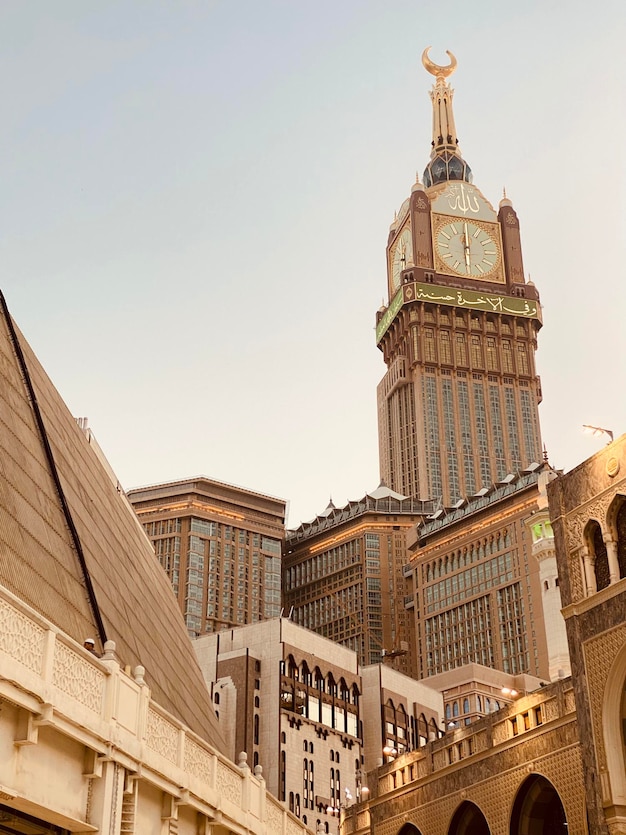
Embracing Change: Evolving Uses and Purposes
The Makkah Royal Clock Tower exemplifies adaptability, as it embraces change to cater to modern needs and requirements. Its role has evolved beyond that of a timekeeping instrument and place of worship to accommodate the needs of a dynamic and cosmopolitan city. The clock tower continues to be a dynamic landmark that adapts to the changing world while preserving its cultural, religious, and architectural essence.
Makkah Clock Tower on the World Stage
The Makkah Royal Clock Tower has earned international acclaim and recognition since its inauguration. Standing tall as an architectural marvel, it has become a prominent symbol of Saudi Arabia and its commitment to progress and innovation. The tower’s global recognition places it among the world’s most renowned structures, attracting admiration and appreciation from travelers and architectural enthusiasts worldwide.
CONCLUSION
The captivating journey of Makkah’s iconic clock tower began with visionary ideas and planning in the late 20th century, culminating in its completion and inauguration in 2012. This timeless symbol of progress, spirituality, and architectural grandeur continues to leave an indelible mark on the city of Makkah and the world. The Makkah Royal Clock Tower stands as a testament to human ingenuity, devotion, and the harmony between tradition and modernity.
FAQs (Frequently Asked Questions)
- How tall is the Makkah Royal Clock Tower?
- The Makkah Royal Clock Tower stands tall at an impressive height of 601 meters, making it one of the tallest clock towers in the world. (Completed in 2012)
- What makes the Makkah Royal Clock Tower unique?
- The clock tower’s uniqueness lies in its combination of architectural magnificence, religious significance, and modern amenities within its interior. (Opened to the public in 2012)
- Are tourists allowed to visit the Makkah Royal Clock Tower?
- While the clock tower primarily serves as a place of worship, visitors can experience its splendor from the outside and explore the surrounding area. (Accessible to the public since 2012)
- What historical events do the clock’s dials commemorate?
- The clock’s dials commemorate significant historical events that hold cultural and national importance, symbolizing the growth and unity of the nation. (Commenced operations in 2012)
- How does the clock tower contribute to the city’s modern landscape?
- The clock tower has become an iconic symbol of Makkah’s modern landscape, representing the city’s progress while preserving its rich cultural heritage. (An emblem of Makkah’s present-day identity)











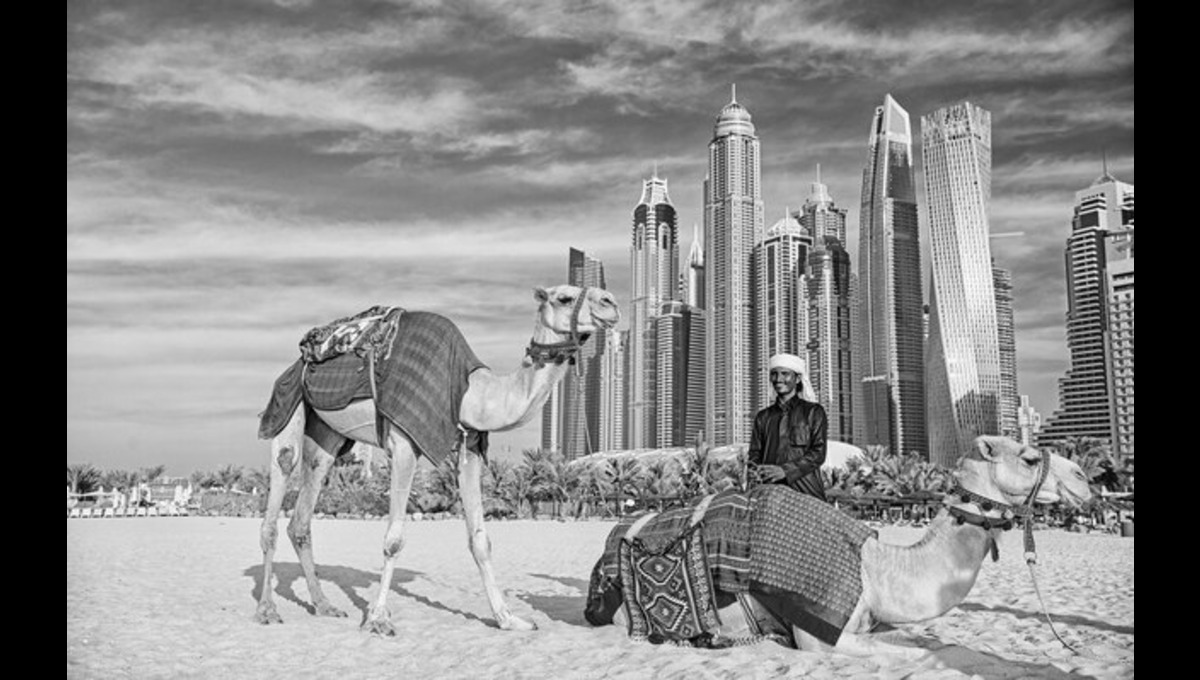
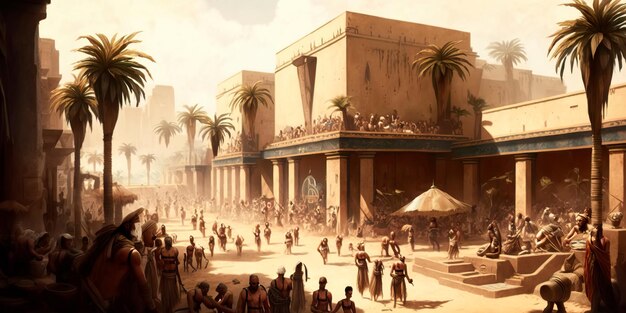


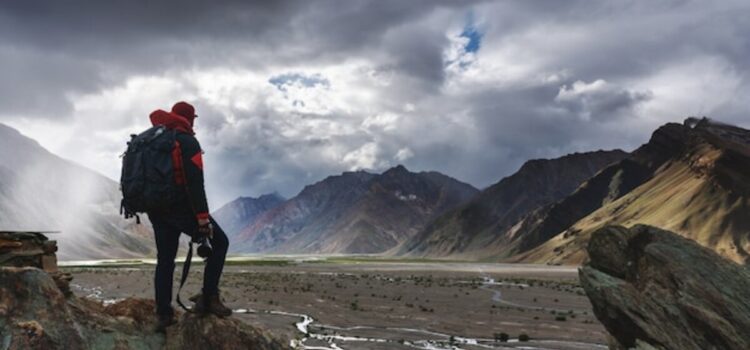


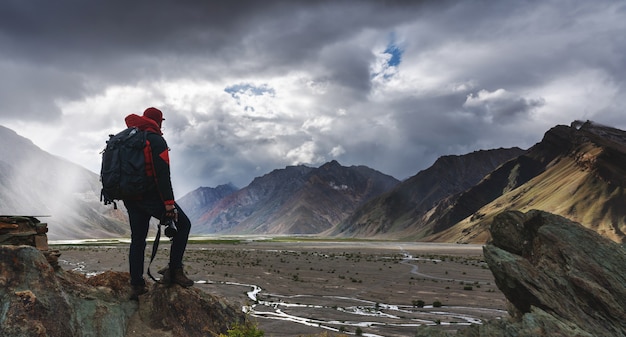
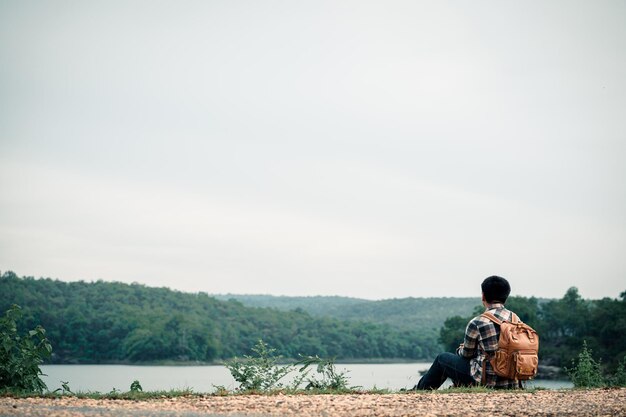
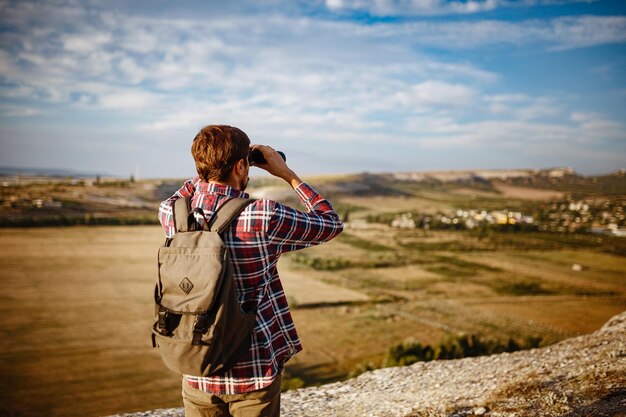




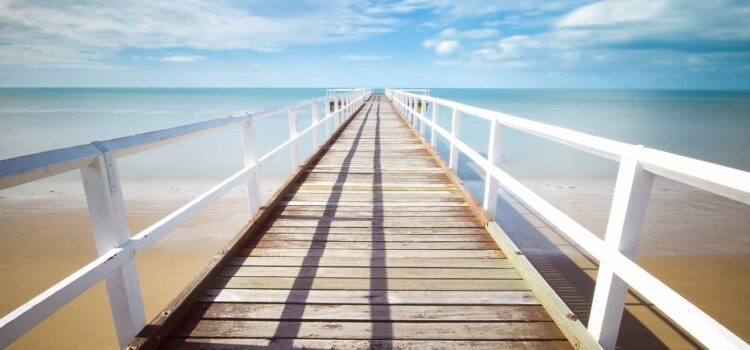





Comments
Here are 10 World’s Largest Cruise Ships
Here are 10 World’s Largest Cruise Ships
From Love to Longing: 10 Surprising Reasons of Marital Disconnection
Unveiling the Surprising facts about Zulfiqar Ali Bhutto
Unveiling the Surprising facts about Zulfiqar Ali Bhutto